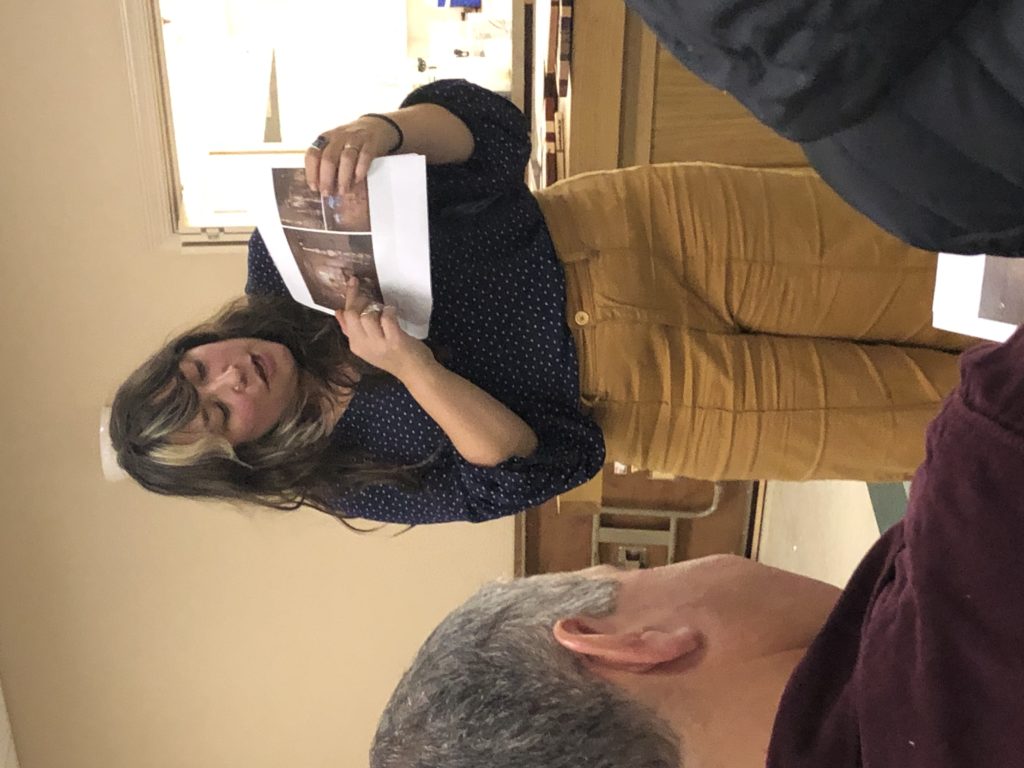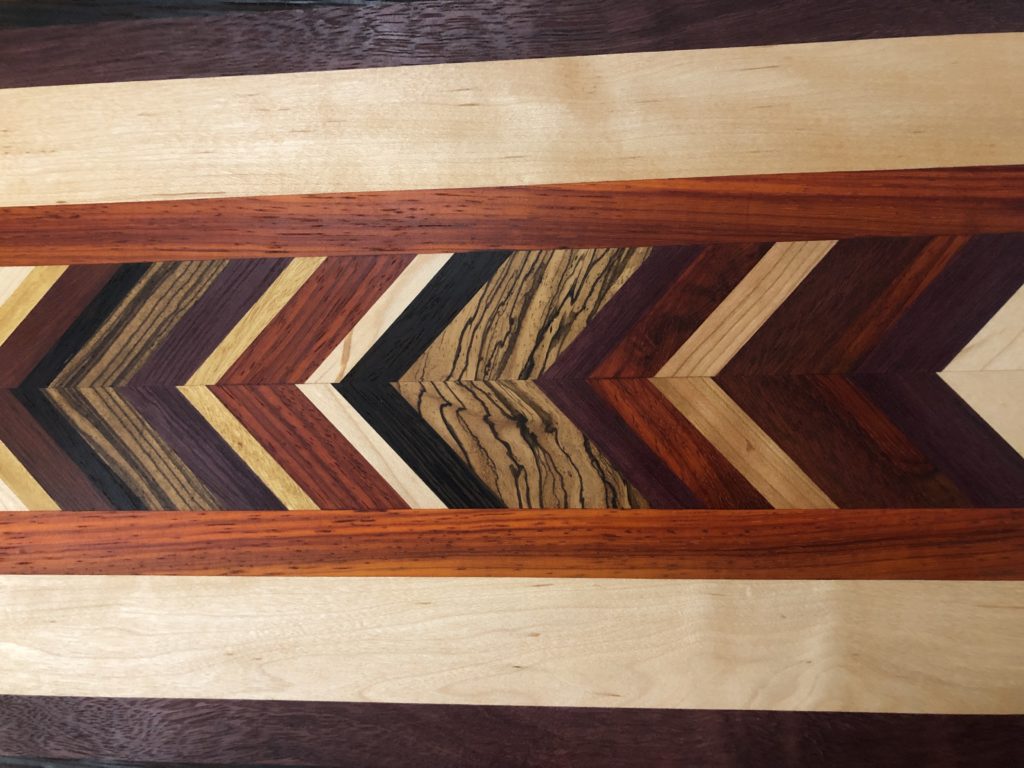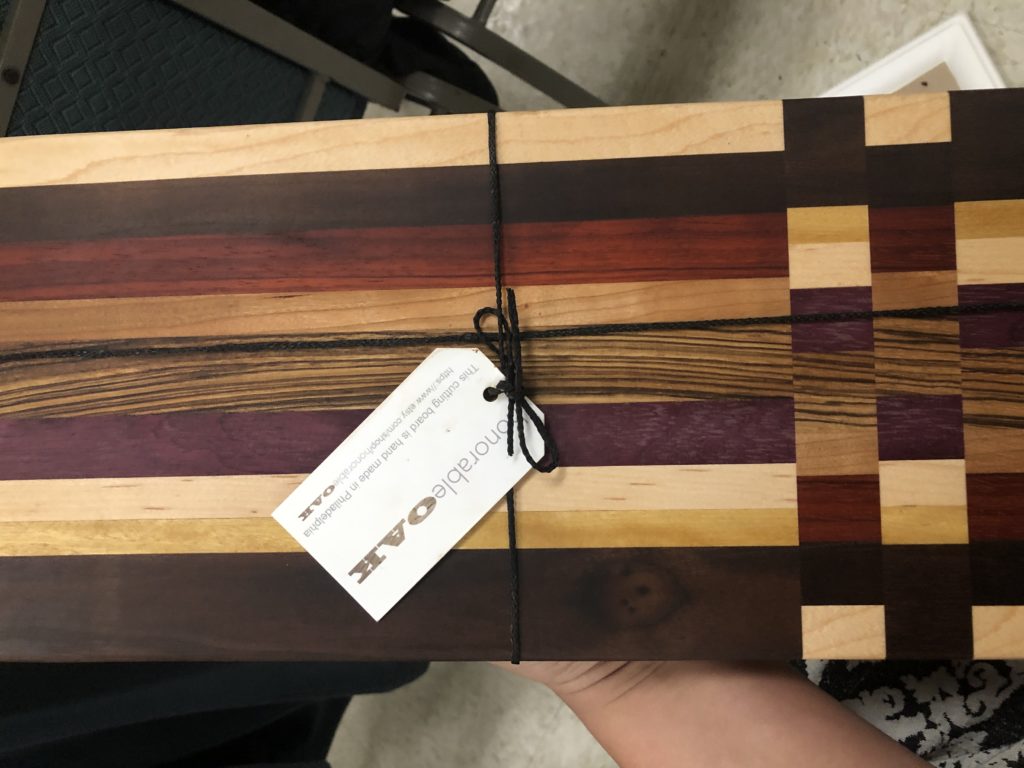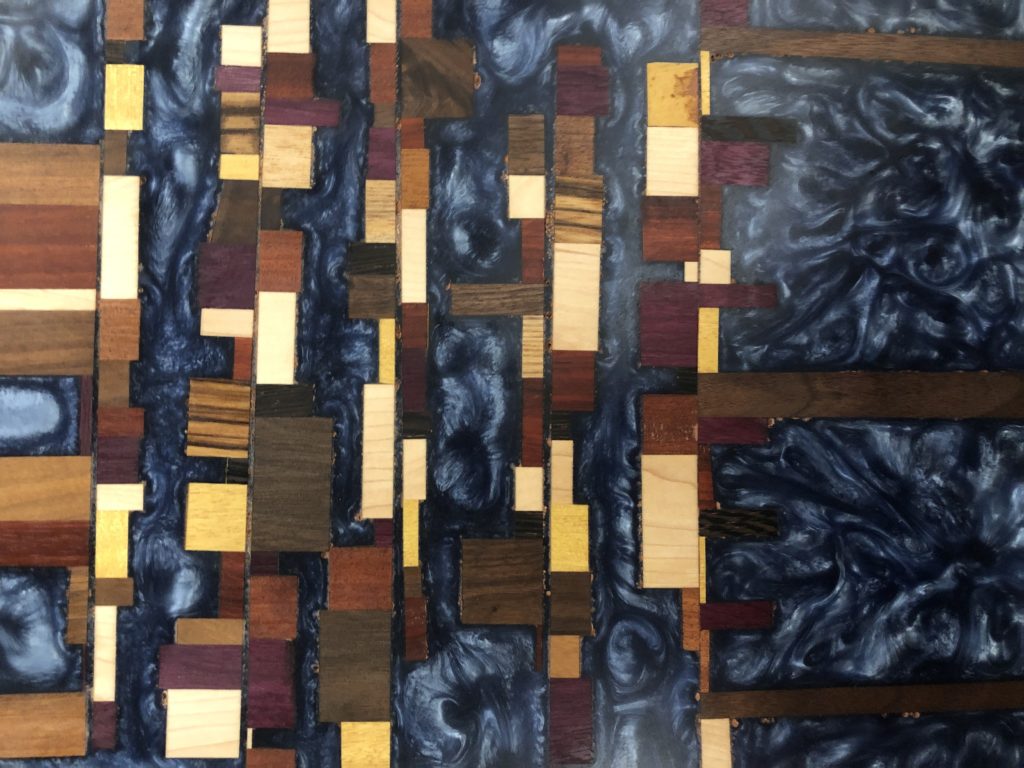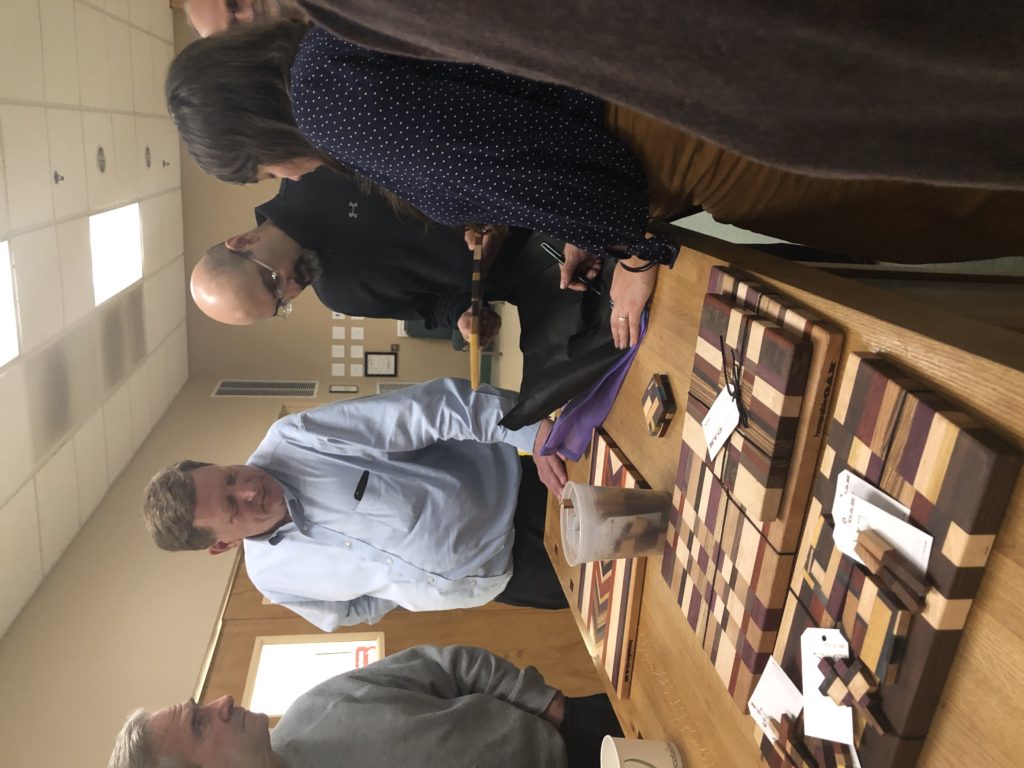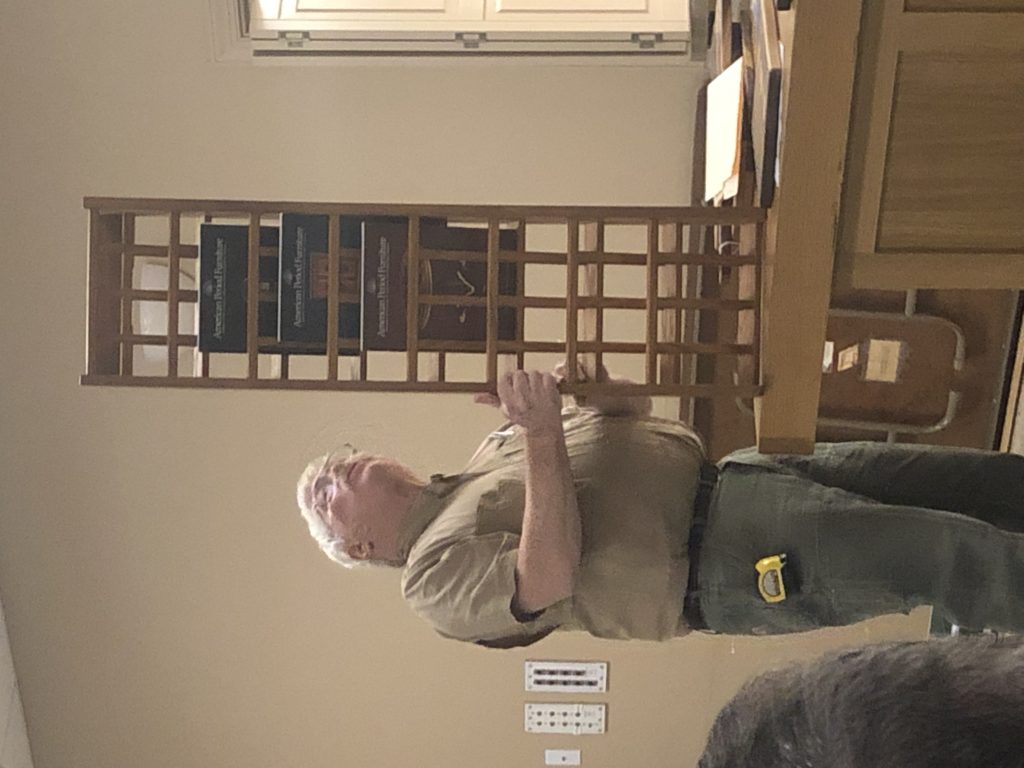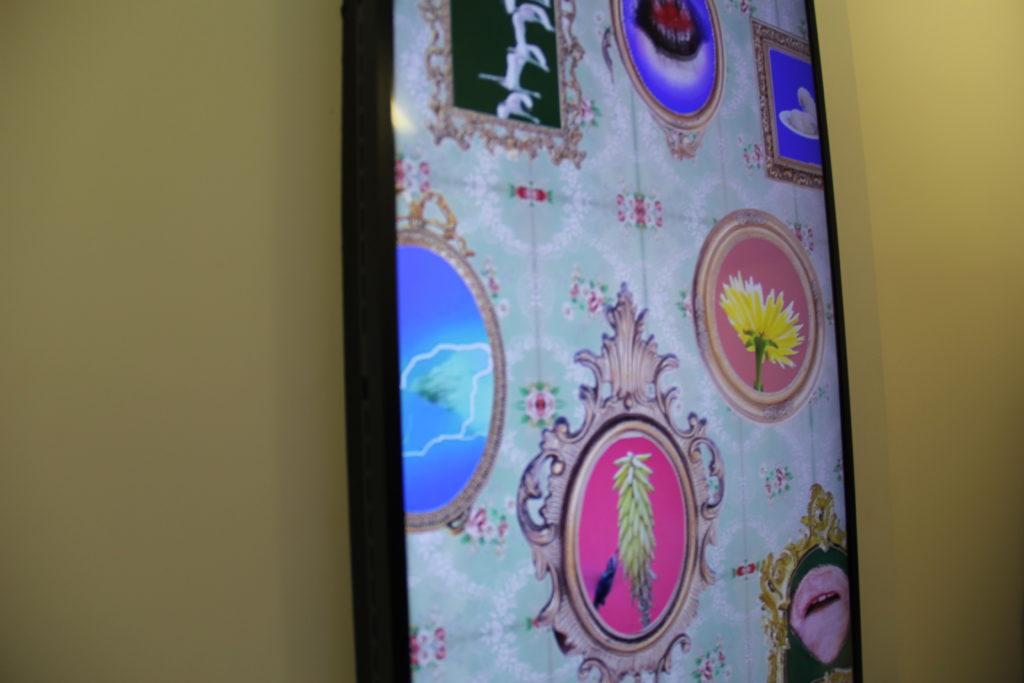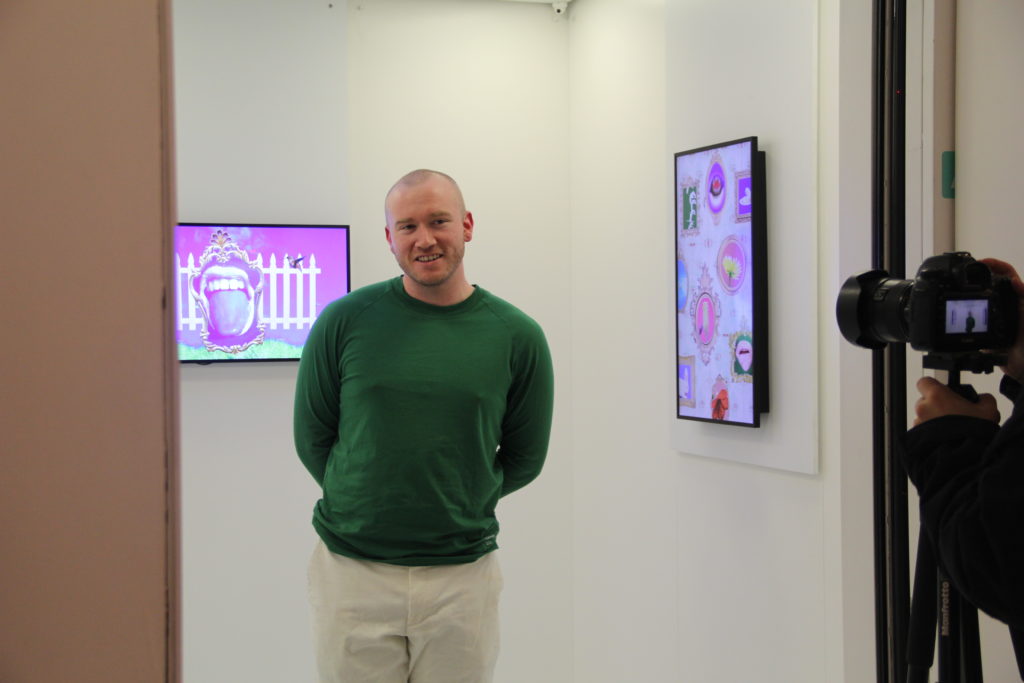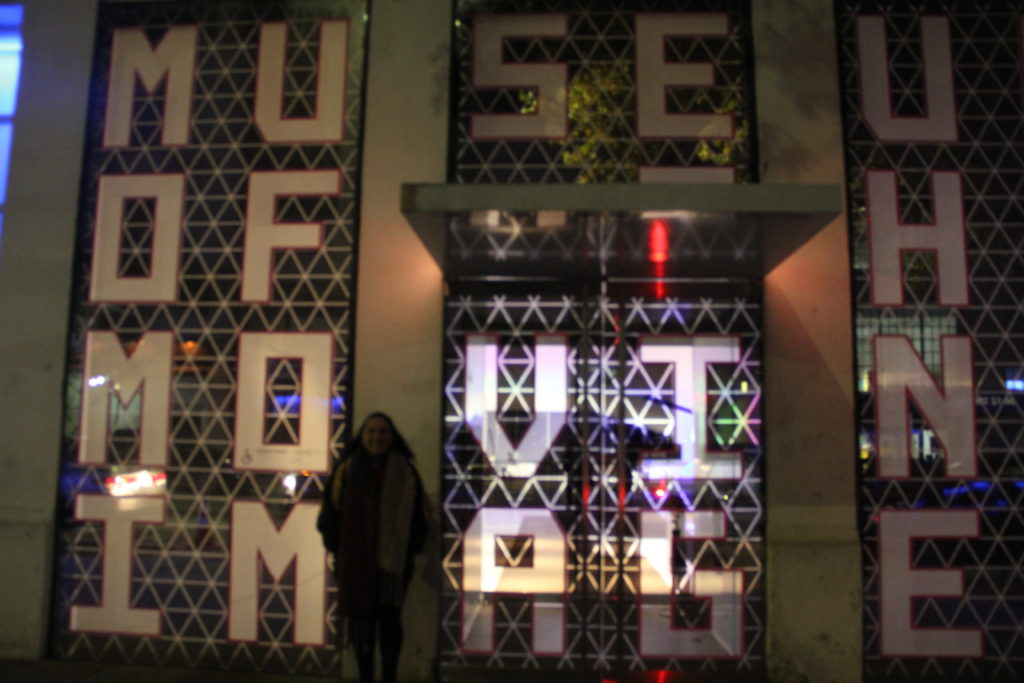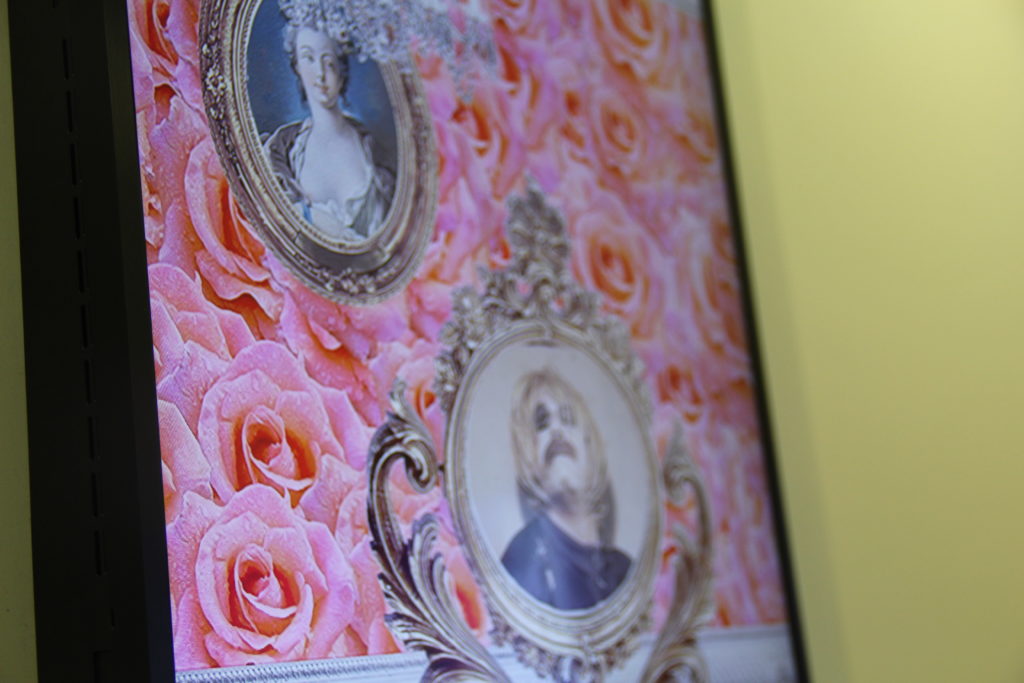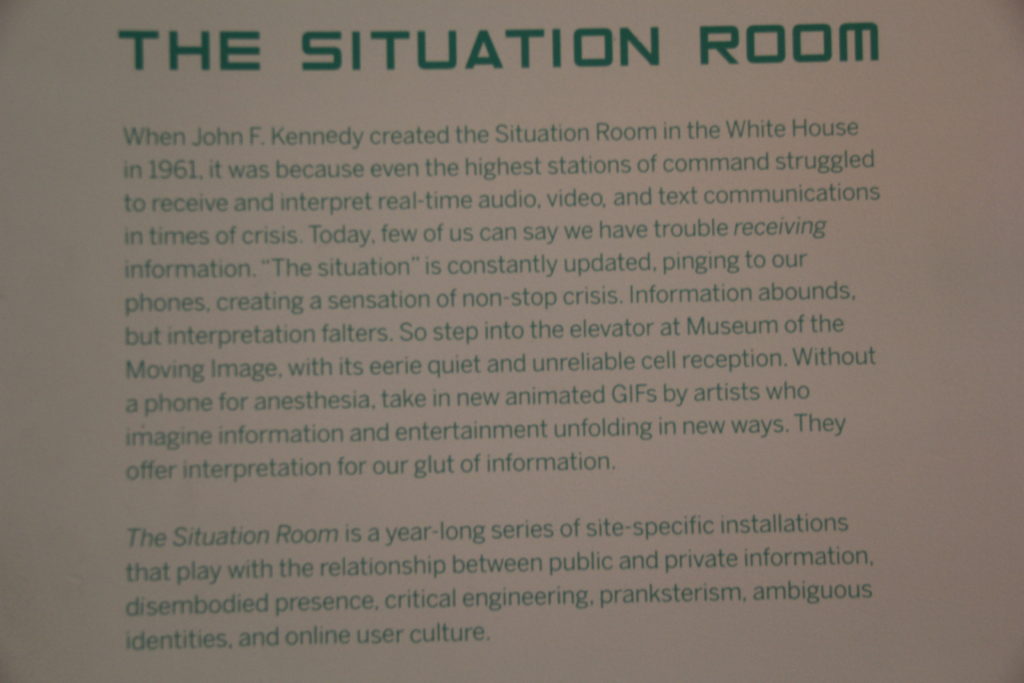I decided to attend two events this semester specific to my thesis project. The first event I attended was a woodworking guild, The Woodworkers Guild of South Jersey in Cherry Hill, NJ. The woodworking event was hosted in a church basement and the guild was open to anyone interested in woodworking (beginner, int., professional, etc). As soon as I walked in the door, I had a few people approach me asking me what brought me to the meeting, if I had images of my design plan, what kind of resources I needed. The meeting began and all new members/guests introduced themselves before diving into the meetings guest speaker, Lauren Dombrowiak. Lauren handed out a few packets with examples of her work at the Philadelphia International Airport, The Philadelphia Museum of Art, Urban Outfitters, and more. I was particularly interested in seeing Lauren’s work transform from a 3D Maya Animation into a physical woodworked structure. After Lauren walked us through her career experience, she passed around some cutting boards and jewelry she had made out of excess wood and answered any questions anyone had. Her paint designs inspired me to think a little more outside the box with the exterior of my screen as that is what attracts me that aren’t interested in a water screen like I am. After Lauren’s presentation, we took a break where we just spoke with each other over some snacks and beverages. After the break, I was asked to stand up and explain my project to everyone and see if anyone had any advice. I made a lot of connections that I have been emailing with since. Many of the members offered me some of their leftover wood, glass they didn’t need, wood shop tools, and more. At the end of the meeting, we even got to see one of the members show off an old piece of his from twenty+ years ago. I found this event to be a great asset to my project thus far as some of the members have sent me sketches, many have offered feedback, and all of them seem very passionate about woodwork. I look forward to showing the guild my project when it’s complete.
My other industry event was an exhibition at the Museum of the Moving Image. The exhibition I attended was an event with artist Carlos Alfonzo Sanchez titled The Situation Room. The project consisted of an elevator that was full of flat screens on every wall, including the ceiling. The screens portrayed gifs that featured work from a few artists, including Carlos. The gifs were images of pretty environments with objects such as white picket fences, blue skies, beautiful picture frames with grotesque or private/intimate movements inside of them such as a person dressed in drag in their bedroom or a tongue moving around. The Situation Room was based on JFK’s creation of the Situation Room in the White House in 1961. The room is meant to create a small space without “access” to cell-phones and notifications. We had a conversation between those of us at the exhibitions opening, Carlos, the curator of the installation, and a host. The artist and curator spoke a lot about utilizing the space of the elevator, the tightness between those coming into the elevator and the white space on the walls. I didn’t have a chance to ask direct questions about my project at this event but I did gain some knowledge as to how to tell a story without using words.
